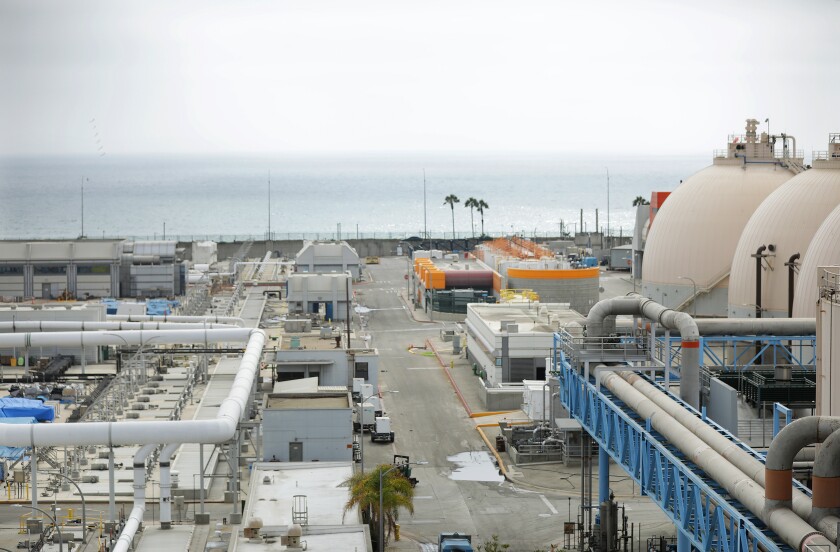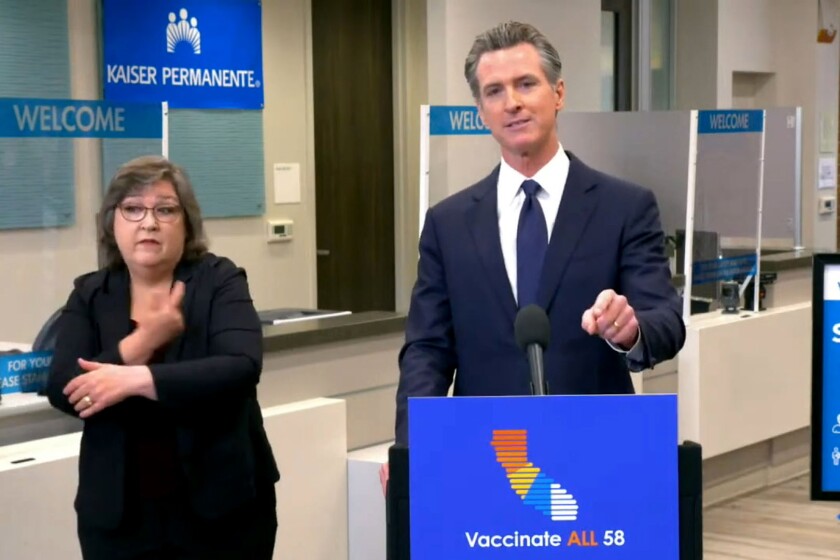Multiple failures found after massive sewage spill into Santa Monica Bay

Multiple failures in communication between Los Angeles city and county agencies delayed critical public warnings and a full emergency response to a massive sewage discharge earlier this month at the Hyperion Water Reclamation Plant, according to a report obtained by The Times that will be discussed Tuesday by county officials.
The report provides new details regarding plant flooding and the evacuation of staff just before an hours-long discharge of 17 million gallons of raw sewage into the waters of Dockweiler and El Segundo beaches on July 11 and 12. The findings also show that key city and county first responders, including fire and lifeguard personnel, were not informed that the emergency incident had occurred until hours later.
“The handling of this [sewage] release and the necessary public notification were failures,” said the seven-day after-action report prepared by a private contractor for the Los Angeles County Board of Supervisors.
The Times previously reported that county public health officials waited hours to inform the public to avoid swimming in the areas exposed to the sewage release, a finding that was corroborated by the report.
There is growing scrutiny over the massive spill, with many asking how it occurred and why it took so long to alert the public.
Supervisor Janice Hahn, who requested the report, said city officials who operate the Hyperion plant have yet to provide sufficient details regarding the emergency discharge, but added that much of the failure lies with the county’s Department of Public Health.
“What is at issue today is the failure of the county during this emergency to close the beaches and keep the public safe from potentially dangerous water,” Hahn said in a statement. “Our failure to get that done raises a lot of questions and the public needs answers.”
Operations at the Hyperion plant have come under heightened criticism by local officials and neighbors who say that sanitation officials have provided insufficient information about potential dangers to the public and marine life. Residents in adjacent El Segundo have complained about continuing foul odors coming from the plant, as well as nausea, rashes and burning eyes.
Officials with the L.A. Sanitation and Environment Department, which operates the facility, have apologized to El Segundo residents and offered to reimburse them for hotel vouchers and air conditioners. Sanitation officials lauded plant workers for their “valiant” effort to prevent a much larger environmental disaster from occurring.
The county report acknowledges the work of the Hyperion crews and notes that plant officials notified the state, as required, but it also faulted plant officials for not informing key local agencies.
How did 17 million gallons of sewage get dumped into Santa Monica Bay?
“The plant notification process needs to be improved so that direct notification is sent to local city and county stakeholders” at the same time the state is notified, said the report, which found that neither city fire nor emergency management personnel “had any awareness of a problem at the plant.”
Elena Stern, a spokeswoman for the city’s Sanitation and Environment Department, said the agency is working with officials from other departments to address the findings of the report.
Brett Morrow, a spokesman for the county Department of Public Health, said the agency repeatedly asked officials at the Hyperion plant how much sewage had been discharged but they were unable to confirm the amount until about 10 a.m. July 12 — more than 14 hours after the flooding at the plant began.
The report noted that county health inspectors were at the plant during the nighttime on July 11 and were able to witness the magnitude of the emergency.
The report said that around 2 p.m. on July 11, large amounts of trash began to overwhelm screens in the Hyperion Headwaters Building, where debris such as branches and plastics are cleared from the sewage.
“By late afternoon,” the report said, “the debris flow had completely overwhelmed the headwaters building, requiring the evacuation of personnel due to increasingly life-threatening circumstances.”
By evening, the sewage flow was so bad that about half of the plant, which sits on about 200 acres across from Dockweiler Beach in Playa del Rey, was flooded with sewage, according to the report.
The sewage overflowed through a grate or maintenance hole near the Dockweiler parking lot and began spilling into the lot. County and city crews responded to clean up that area, but because of a breakdown in communication, the county Department of Beaches and Harbors was apparently unaware that a major sewage discharge was underway, according to the report.
“It does not appear that B&H Department leadership knew Sunday evening that the parking lot incident was more than just a small, localized spill since they did not even notify the County Fire Lifeguards,” the report said.
The next morning, about 8:55 a.m., lifeguards at Dockweiler were told by a bicyclist that a spill had occurred in the parking lot area, according to the report.
“The Lifeguards started inquiring to all their partners but for hours could not obtain effective spill or response information,” the report said.
Shortly after 12 p.m. on July 12, the report said, lifeguards found out that raw sewage had been discharged — after seeing a county health inspector post “Beach Closed” signs on lifeguard towers.
News Alerts
Get breaking news, investigations, analysis and more signature journalism from the Los Angeles Times in your inbox.
You may occasionally receive promotional content from the Los Angeles Times.






